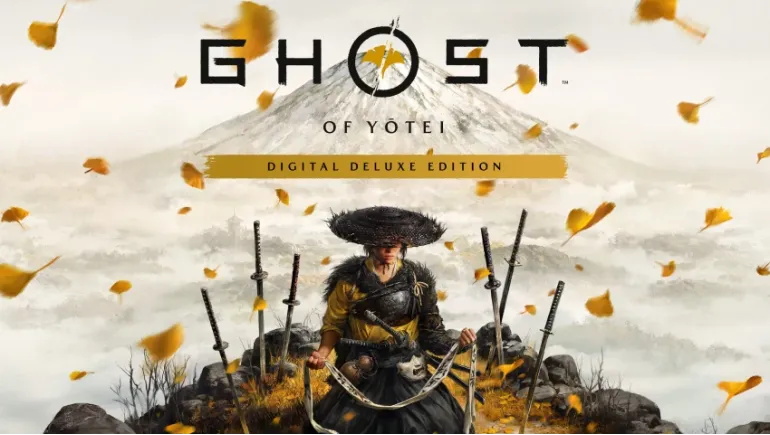
In the realm of myth and memory, where the veil between the living and the dead grows thin, the tale of the Ghost of Yotei emerges like mist rolling off an ancient peak. Rooted in the haunting beauty of Mount Yotei, Japan’s iconic stratovolcano, this fictional story or experience—whether part of a game, novel, or visual journey—blends folklore, nature, and spiritual mystery into a captivating narrative that resonates with lovers of Eastern mythology and ghostly tales.
From its chilling setting to its atmospheric themes, Ghost of Yotei is not just a name—it is a world. A world built on shadows, memory, and unresolved spirits echoing through time.
Often called the "Mt. Fuji of Hokkaido," Mount Yotei is a perfectly shaped volcano located in the northern island of Japan. It’s admired for its symmetry, tranquility, and raw beauty. But like many natural landmarks in Japan, it also carries a spiritual weight.
In Ghost of Yotei, this serene peak becomes something more—a place where spirits dwell, where ancient wrongs resurface, and where the boundary between this world and the next dissolves. The mountain is both a sanctuary and a trap, a majestic natural wonder hiding forgotten secrets. Snowfall blankets the forest in silence. Abandoned shrines crackle with phantom energy. The wind carries whispers of the past. This environment is not just a backdrop—it is a character.
At the heart of Ghost of Yotei lies a simple yet powerful story: a spirit returns to the mountain where it once lived, seeking peace, justice, or revenge. Whether the protagonist is a fallen samurai, a lost villager, or a misunderstood yokai, their return to Mt. Yotei sets off a chain of supernatural events.
The tale unfolds slowly, with the player or reader piecing together memories, uncovering local myths, and confronting manifestations of guilt, honor, and fear. Each shrine, cave, and village holds a clue, and every ghost encountered reveals a piece of the protagonist’s fragmented past. This journey is not just physical but deeply emotional. It’s a narrative of atonement, rediscovery, and spiritual reconciliation.
There are echoes of ghost stories like Yotsuya Kaidan, Shinto traditions involving torii gates and offerings, and even modern influences from games like Ghost of Tsushima or movies like Kwaidan and Onibaba.
Japan has a rich tradition of ghost stories tied to places of natural beauty. Mountains, especially, are considered sacred and supernatural—home to both gods and the lost. Mt. Yotei, though lesser-known than Mt. Fuji, has long fascinated artists and spiritual seekers for its serene yet haunting presence.
Ghost of Yotei taps into that cultural current. It honors the deep respect for ancestors, the belief that the spiritual and natural worlds are intertwined, and the idea that unresolved emotions can shape the afterlife.
Visually and tonally, Ghost of Yotei leans into subdued elegance and eerie serenity. Mist-covered forests, ancient torii gates half-buried in snow, and echoing chants from ruined temples all contribute to the ambiance. Sound design might include traditional Japanese instruments like the shamisen or shakuhachi, blended with ambient mountain winds and ghostly echoes. Lighting is soft, often moonlit, with sharp contrasts between shadow and firelight.
The pace would be slow and intentional, matching the tone of the story—focused more on emotional engagement than combat.
Though still niche or emerging, the concept of Ghost of Yotei is gaining interest among fans of folklore, Eastern mythology, and narrative-driven storytelling. Enthusiasts are already creating artwork, theorizing possible character backstories, and mapping out shrine locations on Mt. Yotei that could serve as real-world inspirations. It has the makings of a cult classic—quiet, mysterious, and layered with meaning.
Ghost of Yotei is more than just a title; it’s a concept that invites audiences into a world of memory, myth, and the mountain’s eternal stillness. Whether experienced through gameplay, film, or fiction, it offers a spiritual journey steeped in Japanese tradition and human emotion.
Set against the majestic yet haunting backdrop of Mt. Yotei, this tale explores the boundaries between life and death, guilt and redemption, the physical and the spiritual. It reminds us that the past is never truly gone—and that sometimes, to find peace, we must return to where it all began.












Comments
There are no comments for this Article.